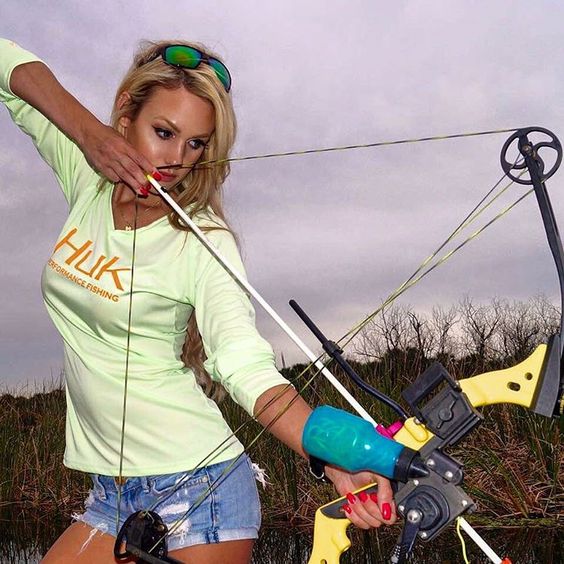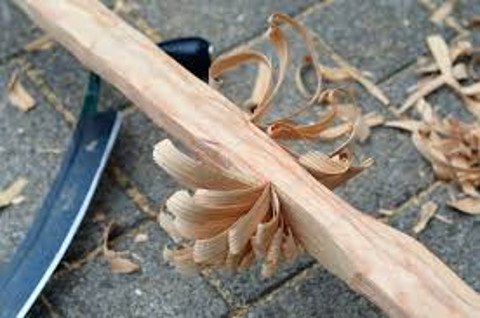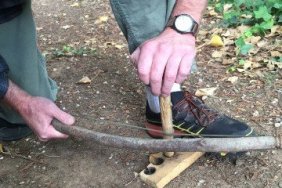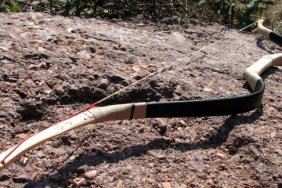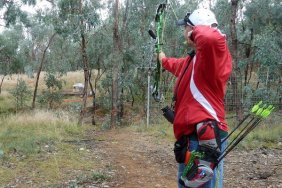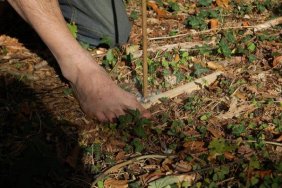Bow making goes back about 64,000 years and has been a very important part of our evolution. The first time I made a primitive bow, I felt an amazing connection to my ancestors. It was like I unlocked an ancient memory that felt strangely familiar and satisfying, even though it was far from perfect.
Learning the basics of how to make a bow is all you need to get started. Here are six important things to keep in the find the first time you learn how to make a bow.
Choosing the right wood
Some of the best bow making wood include Osage Orange, Black Locust and Hickory but they aren’t always easy to find. You will make mistakes at first so choose any straight grained limbs nearby (you can experiment with different species). We use green willow to teach the basics because it’s easier to carve and not as brittle as dry wood. Also, avoid wood that has big knots.
RELATED: How to Tune Your Traditional Bow Before Archery Season
Tools
A good knife is essential to make a bow. A full-tang bushcraft style knife is perfect for carving down your limb (called a stave). If you choose a thicker limb, a small hatchet works well to remove material quickly. Make sure your tools are sharp or you will likely wear yourself out.
Technique
Once you have a good stave picked out (5 to 6 feet long), examine it to see which way it will naturally bend. Once you do, begin carving the belly (the side that faces the archer) out. You can remove the bark from the back but it is very important not to carve it because it will break when you start bending (tillering) it.
Start slowly and carve a nice straight strip out of the belly so your bow isn’t twisted. It takes patience to make a bow but you want to carve evenly on both limbs. You can leave an area in the middle for a handle if you wish but it’s not important when you first start out.
RELATED: How to Choose the Right Broadhead
Carving the Belly
As you carve, stop frequently to check that you’re taking equal material off each limb and that you are not leaving high and low spots. The idea is to have both limbs bend symmetrically in a nice arc. This takes time, patience and a good eye. You will get better as time goes by. Starting out with a shorter stave sometimes works better and enables you to practice without having so much wood to carve. We usually teach beginners with a shorter bow (3 feet or so). That way if you break it (as you are likely to), you didn’t spend all day on it.
Making the string knocks
Once you have something that looks like a bow, you will want to fine tune it and get the poundage right. If you’ve done a good job so far, you will have a stiff bow that bends symmetrically. Now is when you need the most patience if you want a shootable bow. Cut notches on each end to hold the bow string. The notches are the only place you will cut the back of the bow and only need to be deep enough and wide enough to hold the string. A good notch will be arched slightly toward the tip of the limbs (picture a backwards C).
Tillering
Attach the string to the bow but leave it loose. You can use a loop on one side and tie the other side with a timber hitch or regular knot. Timber hitches are easier to adjust and you will use it later when you string your bow. What we want to find out is how the bow feels and if we can pull it back. Carefully draw the bow, paying attention to how it feels. You can do this with your feet too and have a better view of the way the limbs bend. You will then begin taking small amounts off each limb (equally) until it feels and looks right. This process usually takes the longest.
You will probably break a few bows at first and might take off too much material (leaving yourself with a weak bow). This is all part of the learning process. After some practice, you will have a very shootable bow. It’s important to go slowly and develop an eye for proper flex and feel. After you get comfortable, you can purchase quality staves which make wonderful bows that will last for years. More importantly, you will feel a great sense of accomplishment and connection to your primal past.
Hottest Women of Bowfishing
-
Hottest Women of Bowfishing

Bowfishing is an obscure passtime that combines fishing and bowhunting. It takes a certain amount of patience and quick reflexes. The sport has also attracted some very sexy participants. We searched Instagram for the hottest women of bowfishing. Here are the finalists.
Brooke Thomas
Photo credit: Instagram @thebrookster
-
Hottest Women of Bowfishing

Brooke Thomas
Photo credit: Instagram @thebrookster
-
Hottest Women of Bowfishing
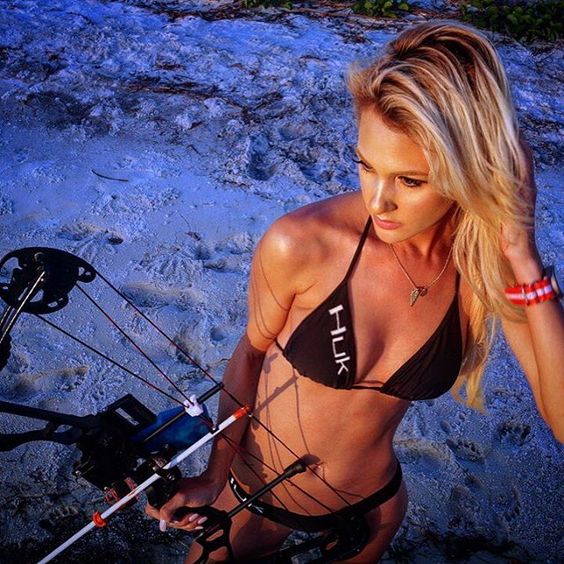
Brooke Thomas
Photo credit: Instagram @thebrookster
-
Hottest Women of Bowfishing

Brooke Thomas
Photo credit: Instagram @thebrookster
-
Hottest Women of Bowfishing

Brooke Thomas
Photo credit: Instagram @thebrookster
-
Hottest Women of Bowfishing
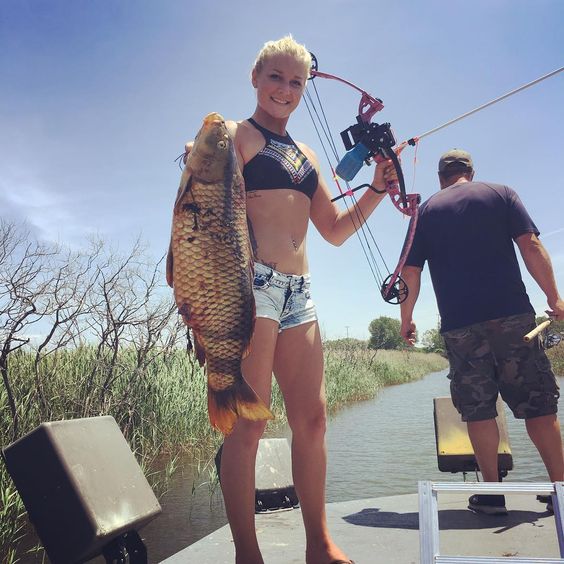
Cece Williams
Photo credit: Instagram @cecewilliams
-
Hottest Women of Bowfishing
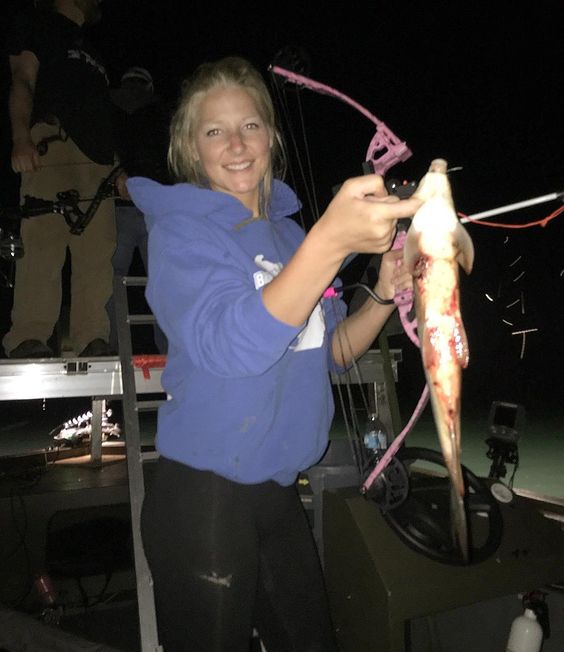
Cece Williams
Photo credit: Instagram @cecewilliams
-
Hottest Women of Bowfishing
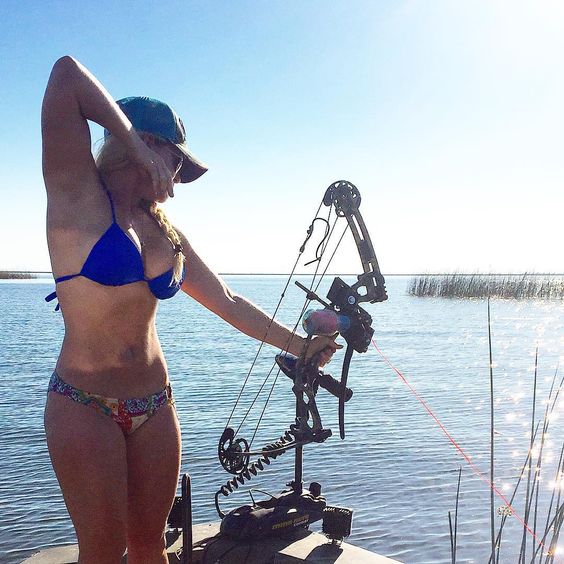
Christina Figone
Photo credit: Instagram @christinafig1
-
Hottest Women of Bowfishing
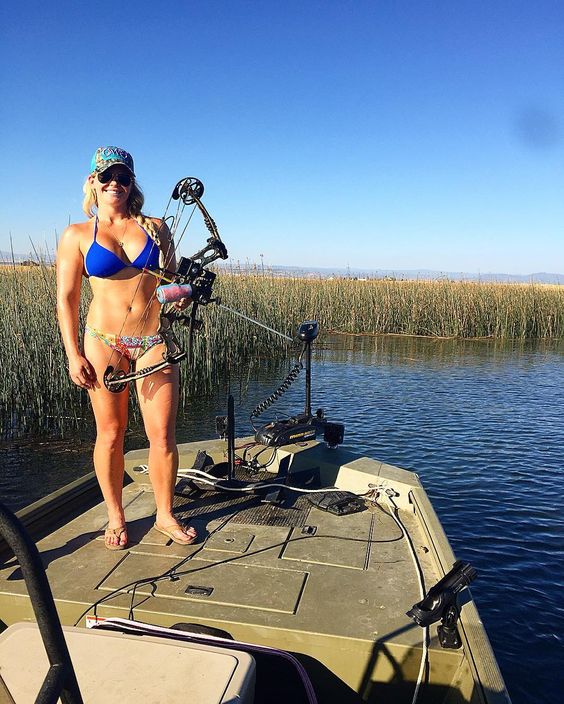
Christina Figone
Photo credit: Instagram @christinafig1
-
Hottest Women of Bowfishing
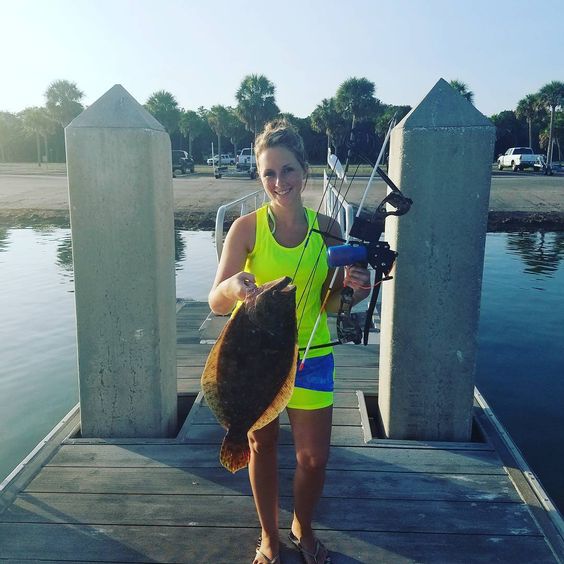
Dano Hester
Photo credit: Instagram @17dano21
-
Hottest Women of Bowfishing

Photo credit: Instagram @_darcizzle_
-
Hottest Women of Bowfishing
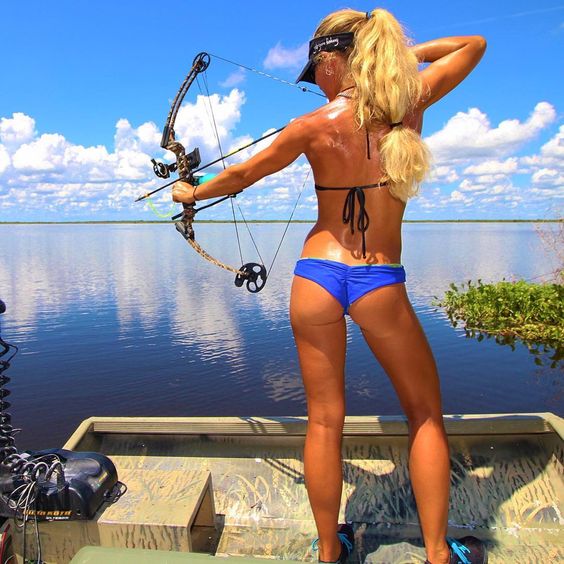
Photo credit: Instagram @_darcizzle_
-
Hottest Women of Bowfishing

Photo credit: Instagram @deidraoutdoors
-
Hottest Women of Bowfishing

Photo credit: Instagram @deidraoutdoors
-
Hottest Women of Bowfishing

Photo credit: Instagram @deidraoutdoors
-
Hottest Women of Bowfishing
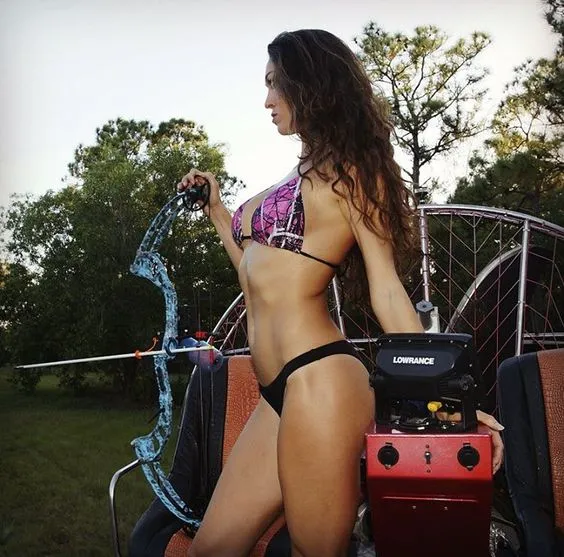
Photo credit: Instagram @deidraoutdoors
-
Hottest Women of Bowfishing
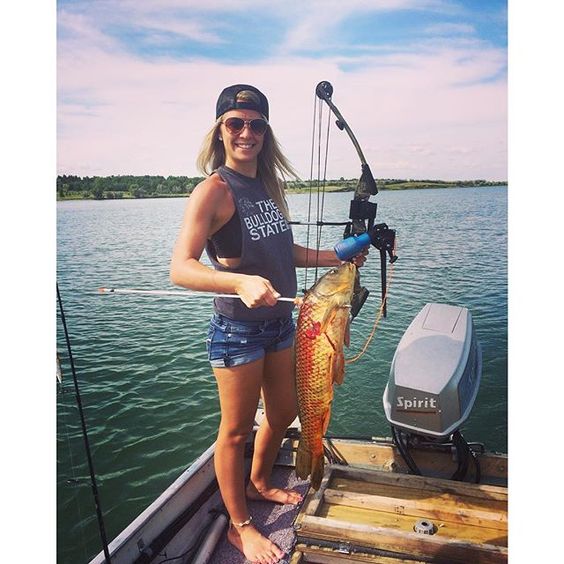
Emily Wyatt Taylor
Photo credit: Instagram @ems_taylor93
-
Hottest Women of Bowfishing

Ericka Johns
Photo credit: Instagram @erickamjohns
-
Hottest Women of Bowfishing
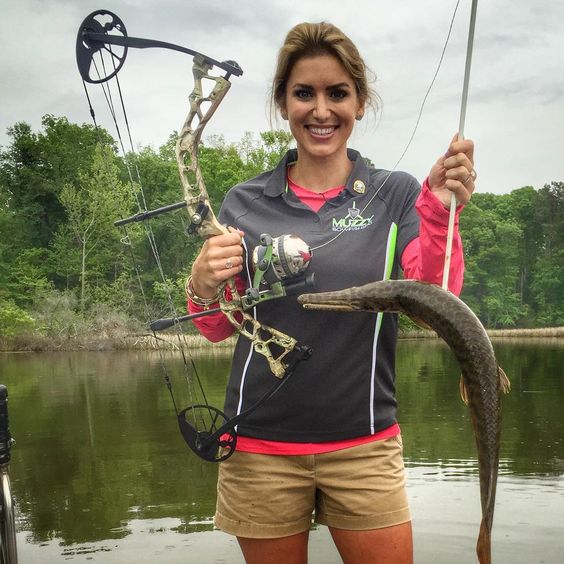
Eva Shockey
Photo credit: Instagram @evashockey
-
Hottest Women of Bowfishing

Jaclynn Crooks
Photo credit: Instagram @jaclynn_crooks
-
Hottest Women of Bowfishing
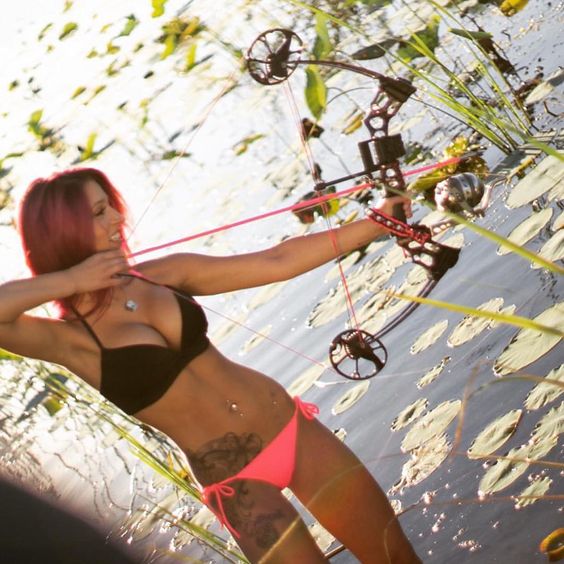
Jaclynn Crooks
Photo credit: Instagram @jaclynn_crooks
-
Hottest Women of Bowfishing

Jaclynn Crooks
Photo credit: Instagram @jaclynn_crooks
-
Hottest Women of Bowfishing
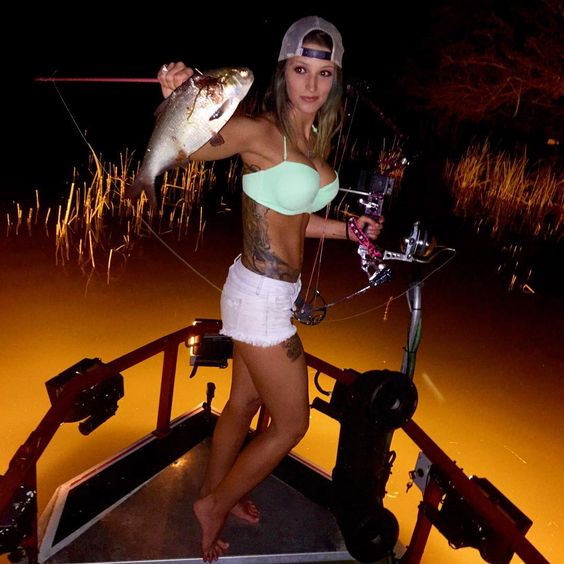
Jaclynn Crooks
Photo credit: Instagram @jaclynn_crooks
-
Hottest Women of Bowfishing
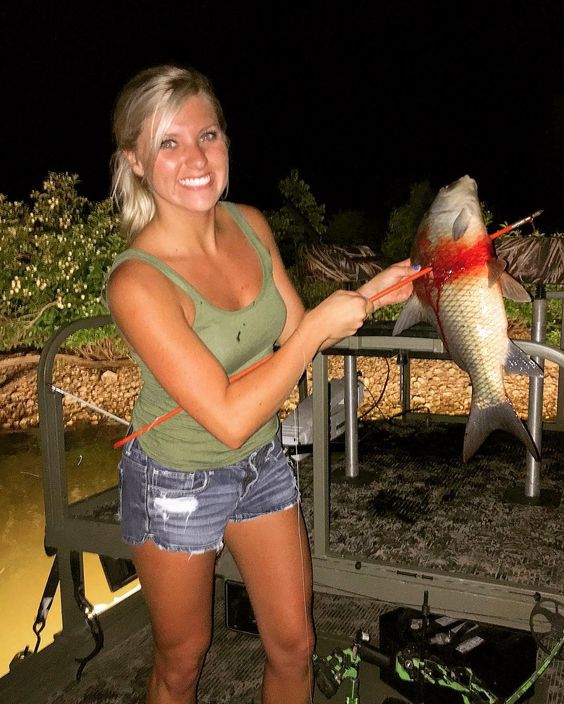
Jenny Bruce
Photo credit: Instagram @jennybruce94
-
Hottest Women of Bowfishing
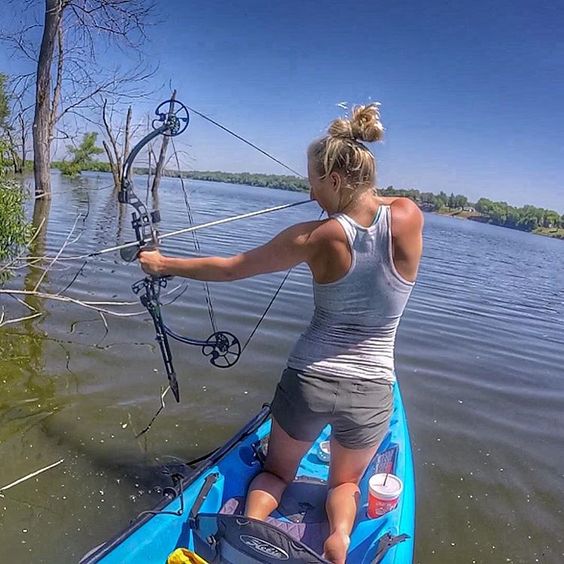
Kaitlin Woodward
Photo credit: Instagram @kaitlinwoodward
-
Hottest Women of Bowfishing
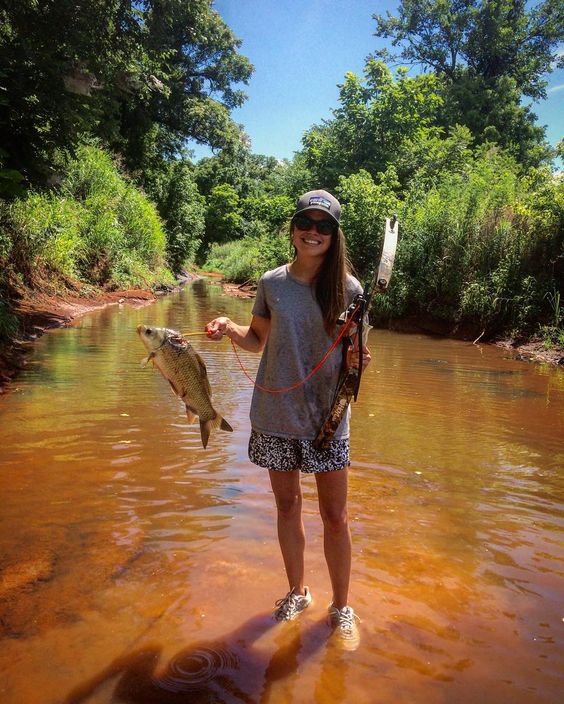
Photo credit: Instagram @karlyleforce
-
Hottest Women of Bowfishing
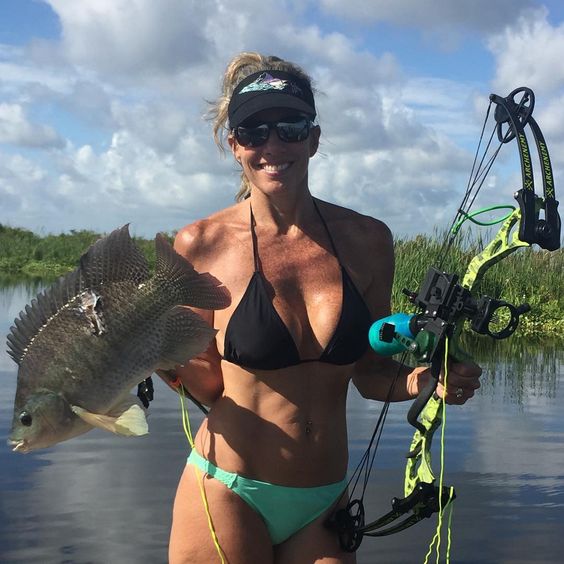
Kim Hennecy
Photo credit: Instagram @kimberleys_adventures
-
Hottest Women of Bowfishing

Photo credit: Instagram @maggiaanca
-
Hottest Women of Bowfishing
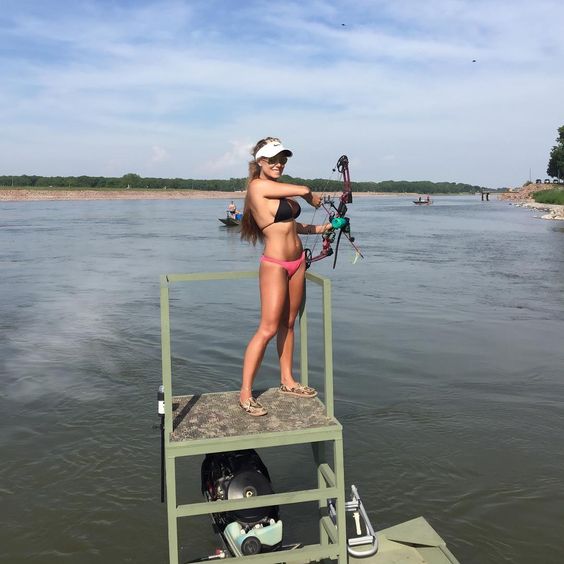
Megan Olson
Photo credit: Instagram @bowfishingbabe
-
Hottest Women of Bowfishing
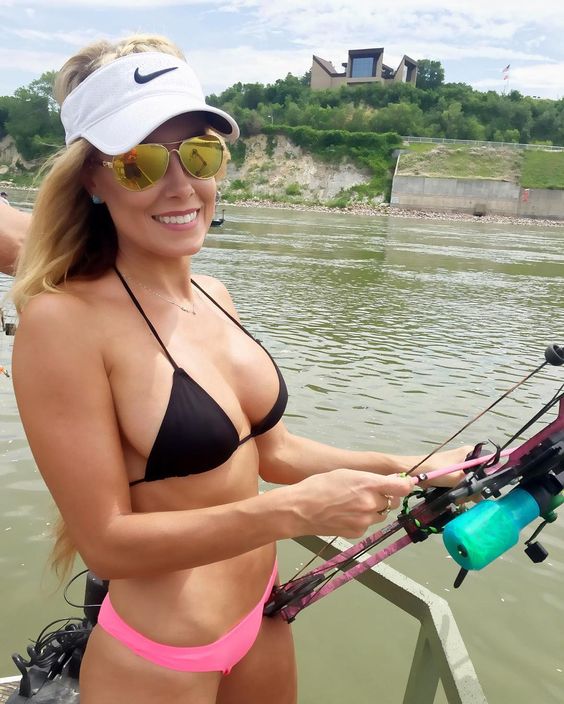
Megan Olson
Photo credit: Instagram @bowfishingbabe
-
Hottest Women of Bowfishing

Nicole Spenc
Photo credit: Instagram @nicole_spenc
-
Hottest Women of Bowfishing
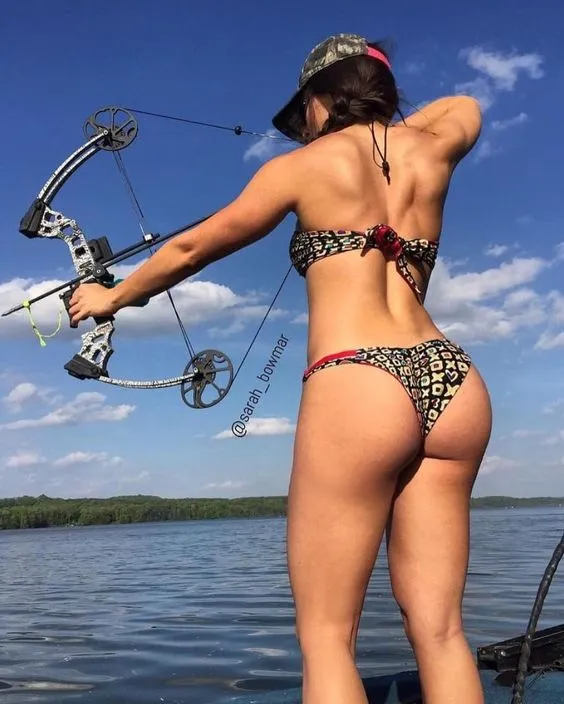
Sarah Bowmar
Photo credit: Instagram @sarah_bowma
-
Hottest Women of Bowfishing
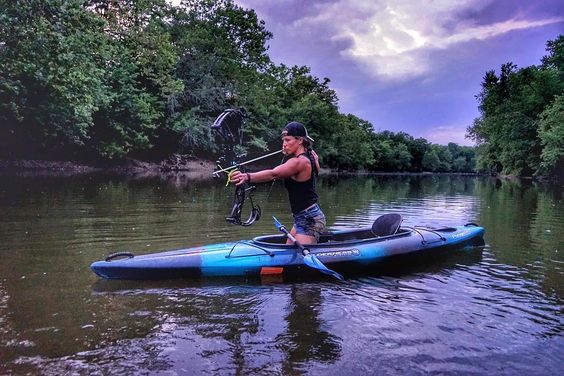
Sarah Bowmar
Photo credit: Instagram @sarah_bowma
-
Hottest Women of Bowfishing
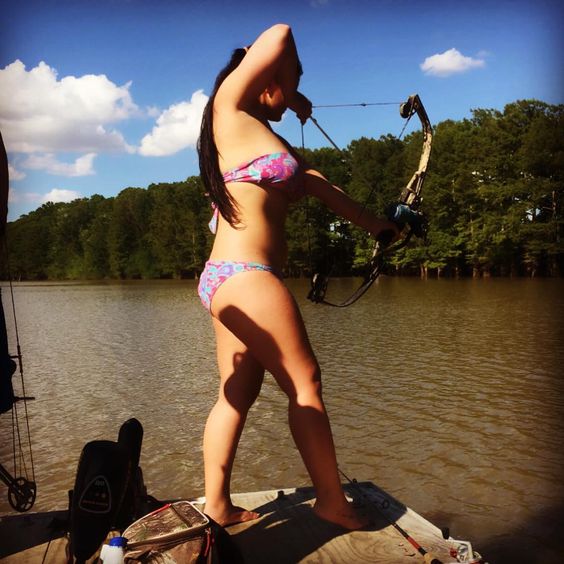
Torrie Jade Walker
Photo credit: Instagram @torriejade
-
Hottest Women of Bowfishing
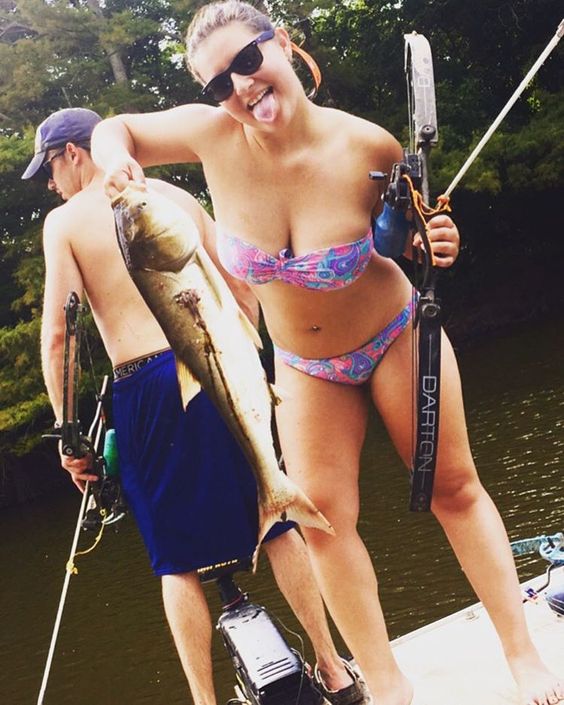
Torrie Jade Walker
Photo credit: Instagram @torriejade
-
Hottest Women of Bowfishing
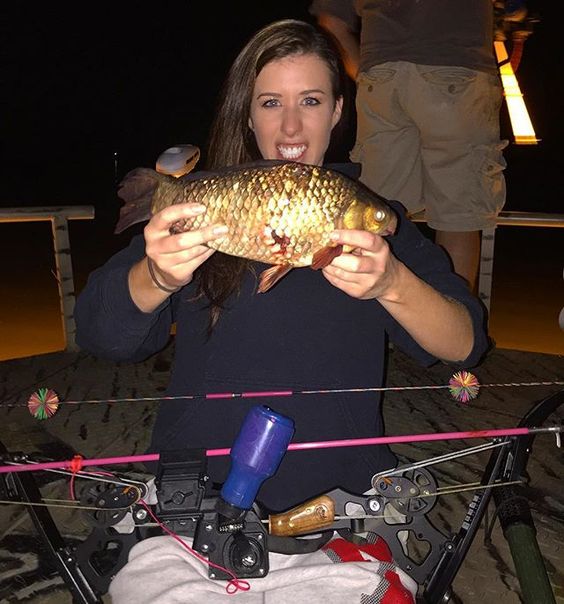
Photo credit: Instagram @ayyronn
-
Hottest Women of Bowfishing

Photo credit: Instagram @ayyronn
-
Hottest Women of Bowfishing
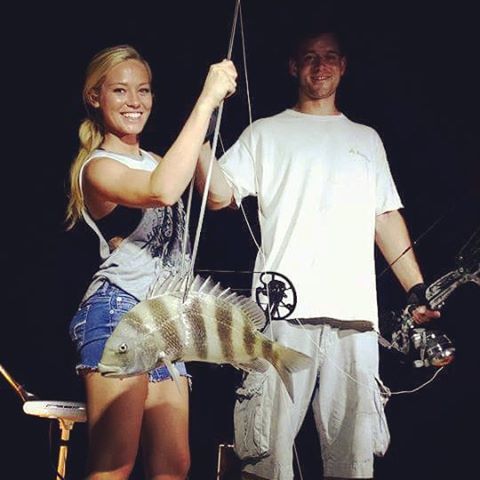
Ashley Dill
Photo credit: Instagram @ashleydill10
-
Hottest Women of Bowfishing
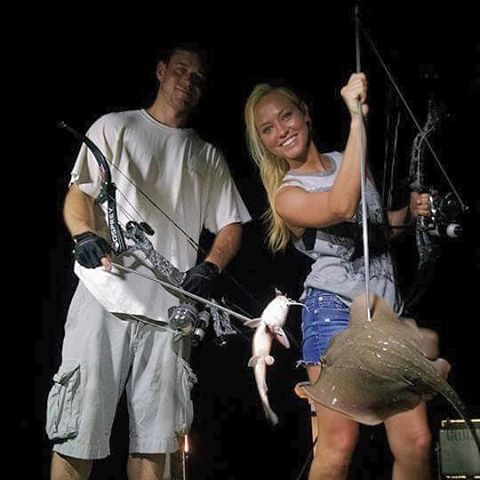
Ashley Dill
Photo credit: Instagram @ashleydill10
-
Hottest Women of Bowfishing
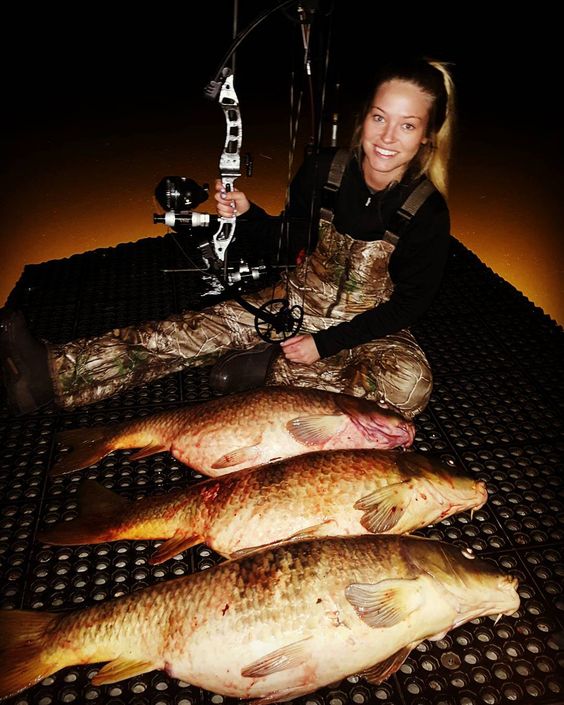
Ashley Dill
Photo credit: Instagram @ashleydill10
-
Hottest Women of Bowfishing
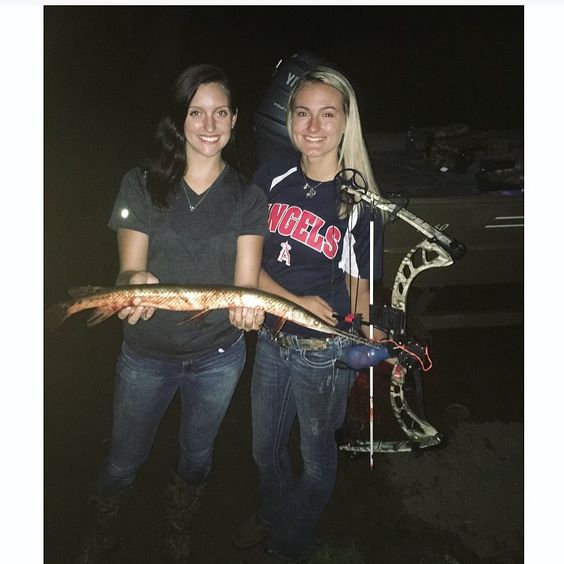
Bailey Scott
Photo credit: Instagram @bowfishing_bailey
-
Hottest Women of Bowfishing
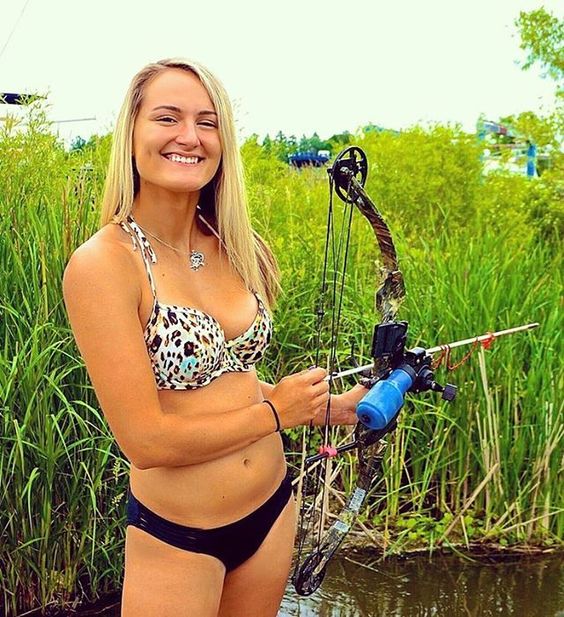
Bailey Scott
Photo credit: Instagram @bowfishing_bailey
-
Hottest Women of Bowfishing
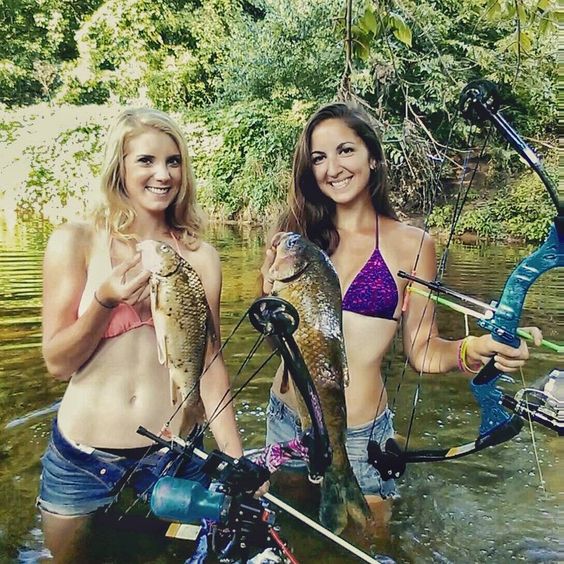
Beka Garris
Photo credit: Instagram @bekagarris
-
Hottest Women of Bowfishing
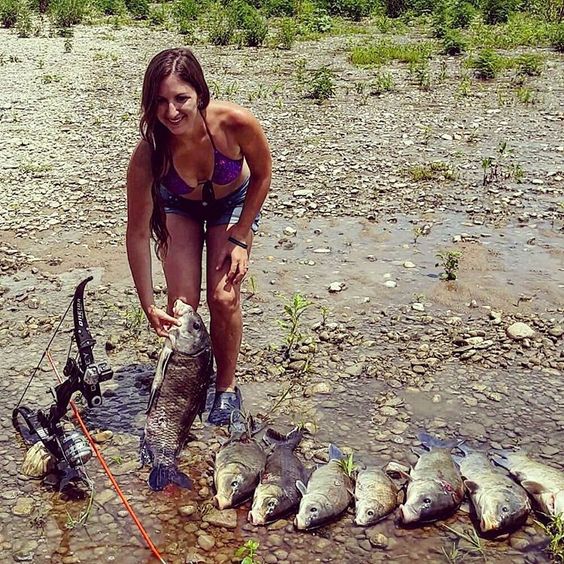
Beka Garris
Photo credit: Instagram @bekagarris
-
Hottest Women of Bowfishing
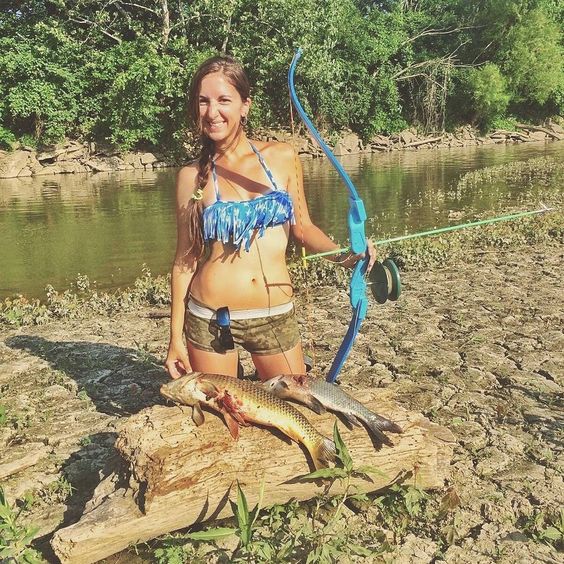
Beka Garris
Photo credit: Instagram @bekagarris
-
Hottest Women of Bowfishing
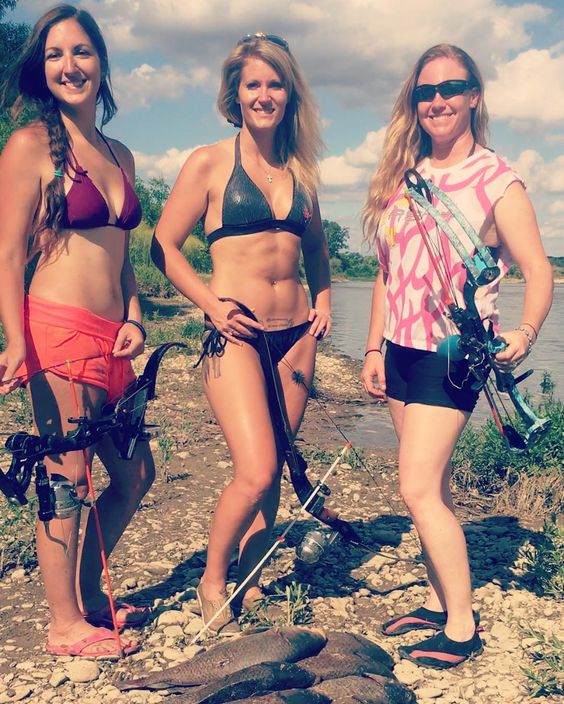
Beka Garris
Photo credit: Instagram @bekagarris
-
Hottest Women of Bowfishing
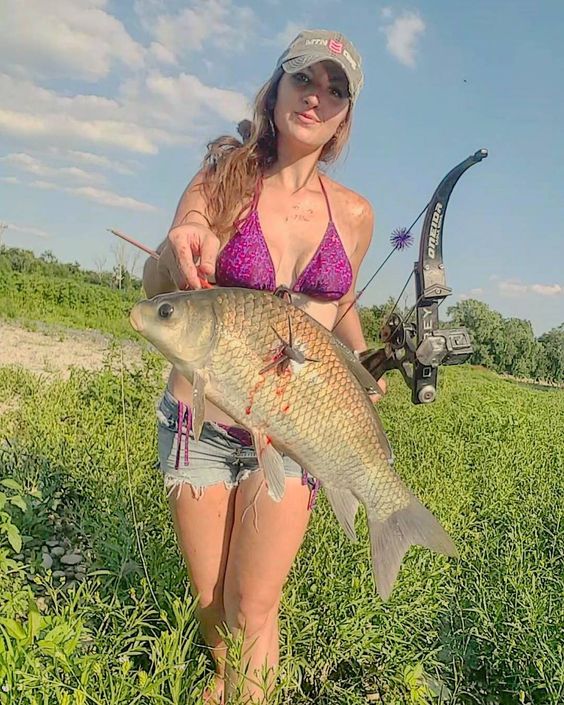
Beka Garris
Photo credit: Instagram @bekagarris
-
Hottest Women of Bowfishing
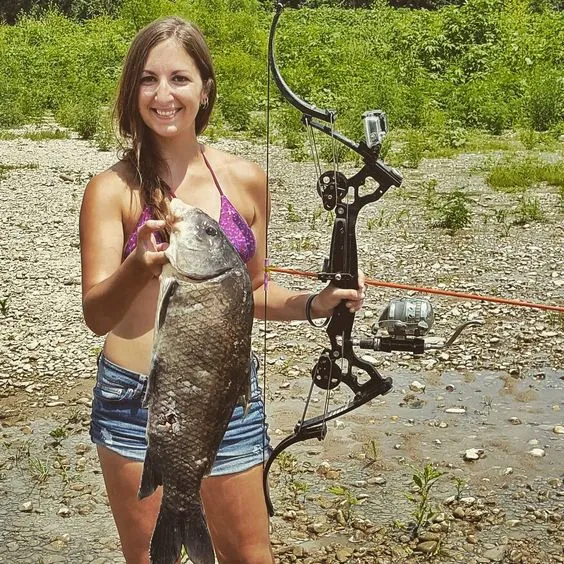
Beka Garris
Photo credit: Instagram @bekagarris
-
Hottest Women of Bowfishing

Brooke Thomas
Photo credit: Instagram @thebrookster
-
Hottest Women of Bowfishing
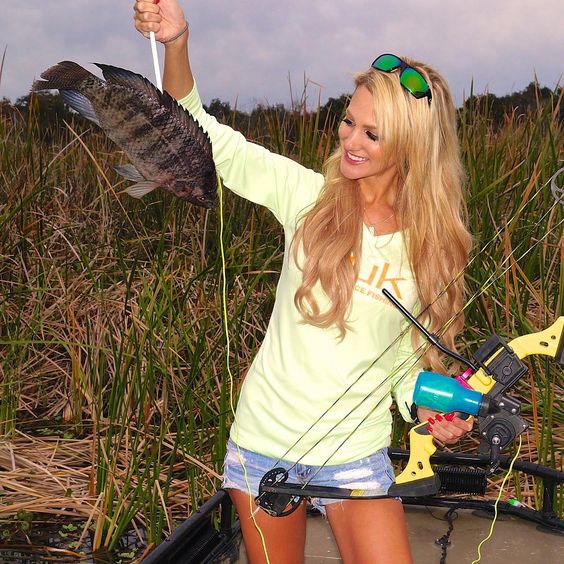
Brooke Thomas
Photo credit: Instagram @thebrookster
-
Hottest Women of Bowfishing
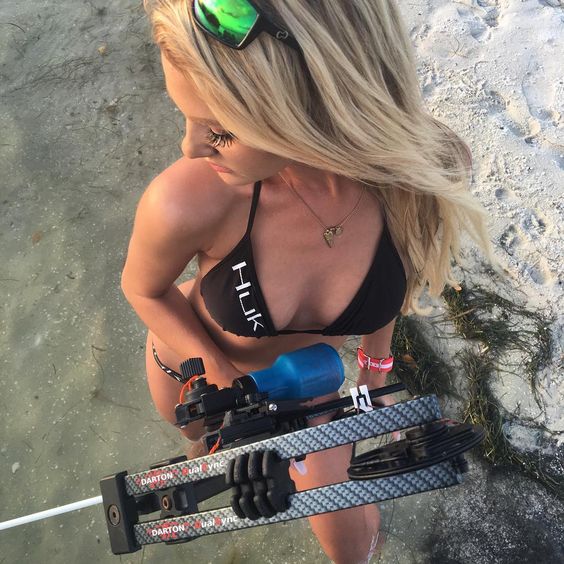
Brooke Thomas
Photo credit: Instagram @thebrookster
-
Brooke Thomas 7
